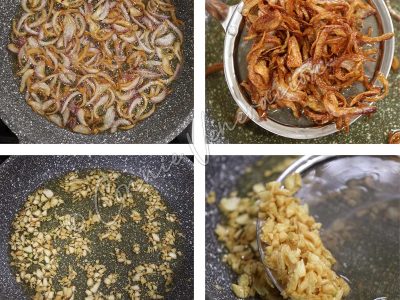A long time ago, in my other blog, reader Loida Perez asked for aclarificationabout whipped cream and whipping cream.
Hi Connie, I am just confused. What’s the difference between “whipping” and whipped cream”? Because,whenever I say “whipping cream”, my husband and daughter laugh at me and say “Mom, it is not whipping cream, it’s whipped cream”
My reply:
Whipping cream is thick cream that CAN BE whipped so that it doubles in volume. They come in cans or cartons.
Whipped cream is thick cream that has already been whipped. Usually comes in aerosol canisters.
Here’s a screenshot of that portion of the comment thread.

I’d have left it at that, having answered Loida’s question sufficiently, but I thought about the oh-so-many questions I get about cream (What kind of cream do you use? What brand of cream do you use?) and I figured I might as well write a whole post about cream.
People, it’s NOT the BRAND that you want to pay attention to but the kind of cream that is best suited for a recipe.
What is cream? Dairy cream, to be more precise. It is the portion of the milk with a higher butterfat content and which naturally rises to the top of un-homogenized milk.
If you’ve tasted fresh cow’s or carabao’s milk — fresh as in it has not undergone any process whatsoever — you might have noticed those semi-solid masses that form as the milk cools.
That is cream.
When the milk is processed (i.e., homogenization and pasteurization), the cream is separated and sold as cream.
Cream has several categories (or “grades”) depending on the amount of butterfat in it. The grades differ from one country to another.
Cream that is best for whipping has 36% butterfat content or higher. It is called heavy whipping cream in the United States or simply whipping cream in Australia and the U.K. Double cream has an even higher butterfat content.
In the Philippines, cream is usually sold as “all-purpose cream” — which means it is pourable enough at room temperature but can be whipped decently when chilled.
When you see a recipe, therefore, that calls for cream, you have to ask yourself how the cream is intended to be used and what it is supposed to achieve to determine what kind of cream is most suitable.
It doesn’t matter what brand the cream is — the important thing is the amount of butterfat in it.
If the cream is simply to be poured into coffee, a thin cream will suffice. If the cream is for making cheesecake, you’ll need something thicker. If the cream needs to be whipped, you’ll need whipping cream.
How do you whip whipping cream? With an electric mixer or, if you’re up to the task, manually with a wire whisk. Start with chilled cream poured into a chilled bowl. Place the bowl over another bowl with lots of ice, to help retain the temperature, and start whipping.
At home, we usually keep whipped cream in aerosol cans. It’s convenient, the shelf life is longer and there is very little wastage. Although freshly whipped cream, using top quality cream with the correct amount of butterfat, will always be best, economics plays a huge role in home kitchens.
When you start with whipping cream and you whip it, you have to use it immediately as it won’t keep for very long even in the fridge. Say, you need a cup of whipped cream and you whip half a cup expecting it to double in volume. But it triples in volume, what do you do with the excess?
So, there. When it comes to dairy cream, it is best to stop thinking in terms of brands and start thinking in terms of grades and amount of butterfat.







